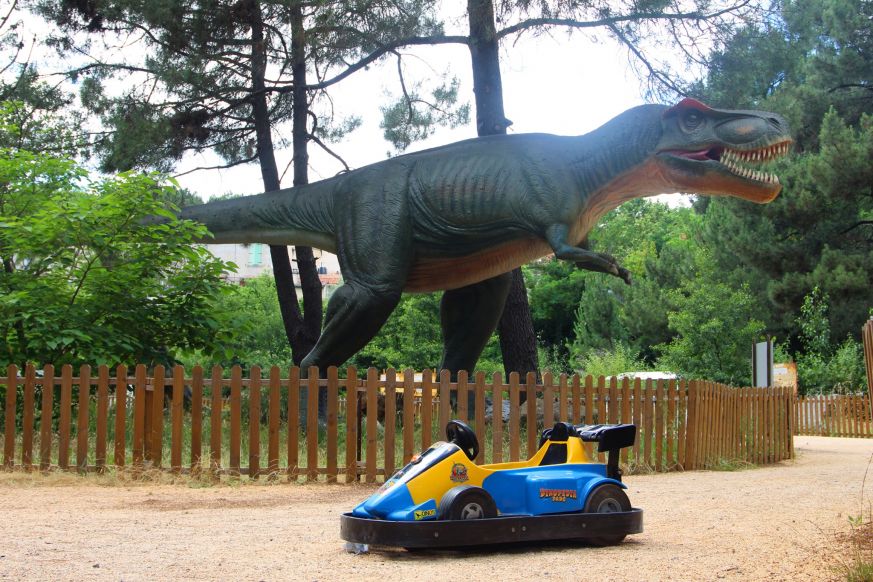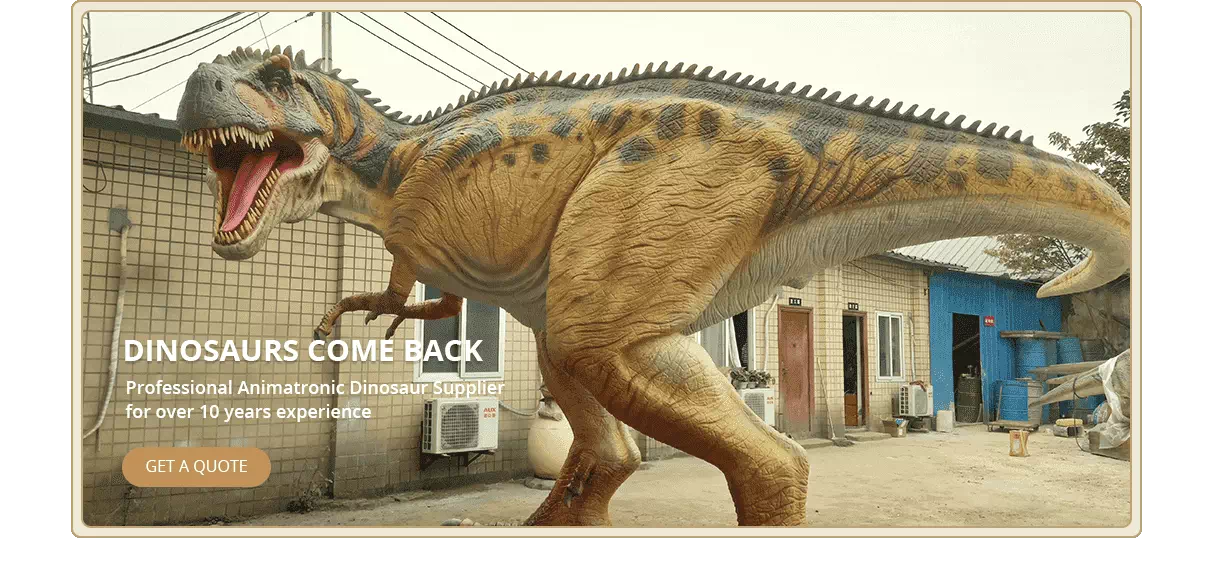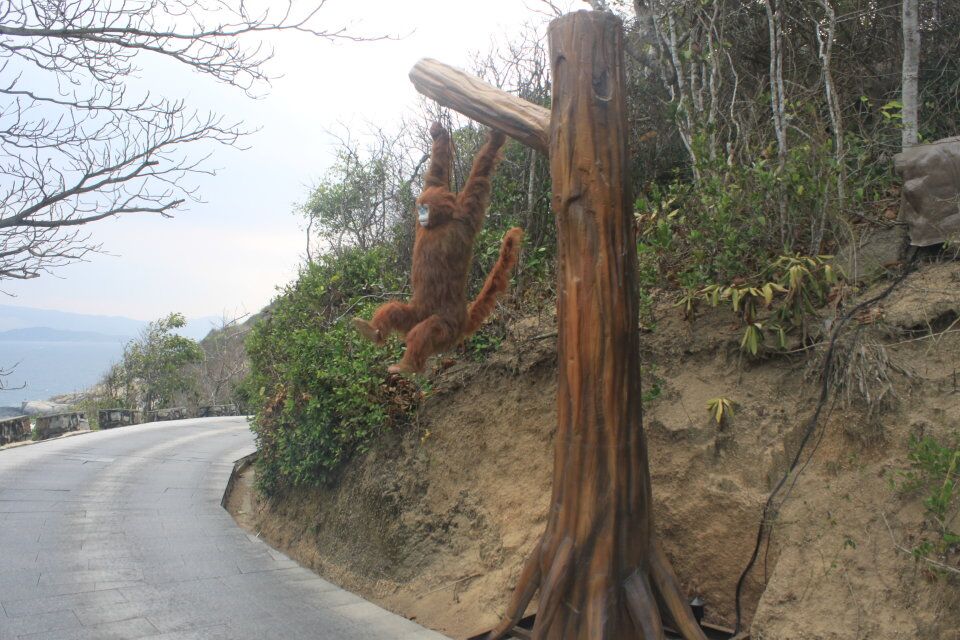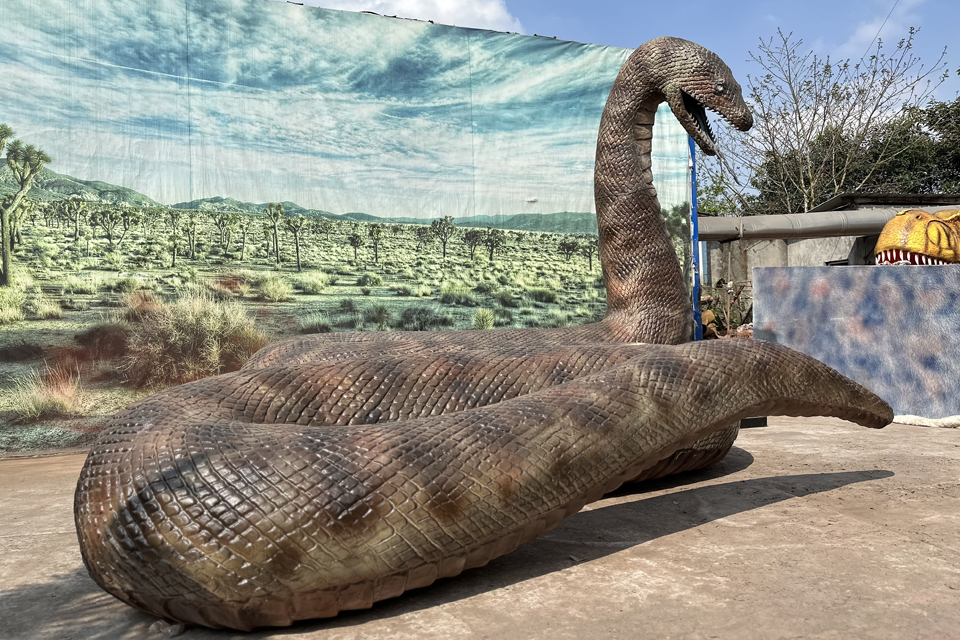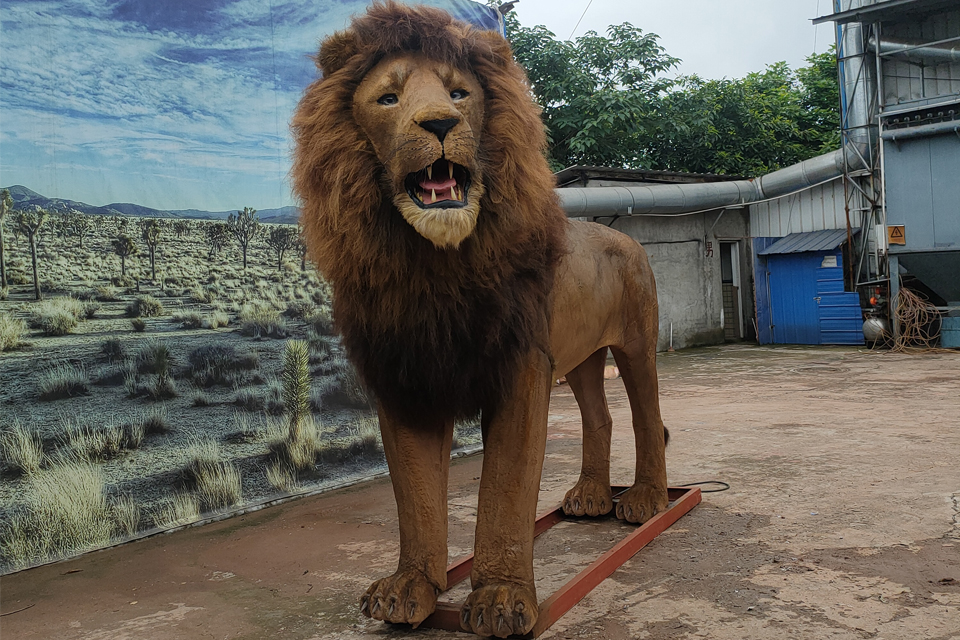How to Create Animatronic Animals for Amusement Parks?
Creating animatronic animals for amusement parks involves a blend of artistic design, mechanical engineering, electronics, and computer programming. These lifelike creations are designed to entertain and engage visitors, bringing a touch of magic to the park experience. Here’s a comprehensive guide to developing animatronic animals.
1. Conceptual Design and Planning
Research and Inspiration: Begin by researching the animal you want to create. Study its movements, sounds, and behavior to capture its essence accurately. Inspiration can come from documentaries, zoo visits, and studying biological structures.
Sketches and Models: Create detailed sketches and models of the animal. This stage involves collaboration between artists and engineers to ensure the design is feasible mechanically. Consider the size, posture, and specific features of the animal.
Define Movement and Functions: Decide which parts of the animal will move and how. Common movements include the head, eyes, mouth, limbs, and tail. Define the range of motion and speed for each part, ensuring it looks natural.
Project Sanya out Door Display Attractive Monkey Model
2. Mechanical Design and Fabrication
Skeleton and Frame: The internal structure, or endoskeleton, is typically made of lightweight but strong materials like aluminum or steel. This skeleton supports the outer shell and houses the mechanical components.
Joints and Actuators: Install joints at key points where movement is required. Use actuators such as servos, pneumatics, or hydraulics to power these joints. Servo motors are common for smaller, precise movements, while pneumatics and hydraulics are better for larger, stronger movements.
Mechanical Testing: Assemble the mechanical parts and test their range of motion and strength. Ensure that all parts move smoothly without excessive noise or friction. Adjustments may be needed to achieve the desired performance.
3. Electronics and Control Systems
Sensors and Feedback Systems: Equip the animatronic with sensors to provide feedback and enhance interactivity. Common sensors include motion detectors, pressure sensors, and cameras. These can trigger movements and sounds in response to visitors’ actions.
Control Boards and Microcontrollers: Use microcontrollers or custom control boards to manage the animatronic’s movements and functions. Programmable boards like Arduino or Raspberry Pi are popular choices due to their versatility and ease of use.
Programming: Write software to control the animatronic’s movements, sounds, and interactions. This includes creating sequences for specific actions and incorporating randomness to make movements appear more natural.
Huge Real like Animatronic Snake Boa Model
4. Outer Shell and Aesthetics
Sculpting the Shell: Sculpt the outer shell using materials like silicone, latex, or urethane, which can be painted and textured to look realistic. The shell is crafted in sections that fit over the skeleton, allowing for flexible movement.
Detailing and Texture: Add realistic details such as fur, scales, or feathers. Techniques vary depending on the animal, but airbrushing, hand-painting, and applying synthetic materials are common methods.
Assembly: Attach the outer shell to the mechanical frame, ensuring that it moves naturally with the underlying structure. This stage often requires iterative adjustments to balance aesthetics and functionality.
5. Sound and Animation
Sound System: Integrate a sound system to produce the animal’s vocalizations and other noises. High-quality speakers and audio playback devices are essential for realistic sound effects.
Synchronization: Synchronize the sounds with the animatronic’s movements. For instance, a lion’s roar should coincide with the mouth opening. Use your control system to align audio cues with mechanical actions.
Life Size Animatronic Lion Simulation Animals
6. Testing and Refinement
Initial Testing: Conduct comprehensive testing of the animatronic in a controlled environment. Evaluate the mechanics, electronics, and overall performance. Identify and fix any issues such as mechanical failures, misalignments, or programming bugs.
Environmental Testing: Test the animatronic in the park environment where it will be used. Consider factors like weather, visitor interaction, and maintenance access. Make necessary adjustments to ensure durability and reliability.
7. Maintenance and Updates
Routine Maintenance: Establish a maintenance schedule to keep the animatronic in top condition. Regularly inspect mechanical parts, replace worn components, and update software as needed.
Upgrades and Enhancements: Periodically update the animatronic with new features, improved movements, or enhanced interactivity based on visitor feedback and technological advancements.
Creating animatronic animals is a complex but rewarding process that combines art and engineering. By following these steps, you can develop lifelike, engaging animatronics that captivate visitors and enhance the magical experience of an amusement park.
So why wait? If you're looking for animatronic animals for sale, look no further than Dino Walk. Our collection of lifelike creatures is sure to delight and inspire, no matter what your age or interests.


